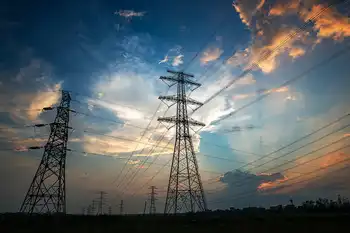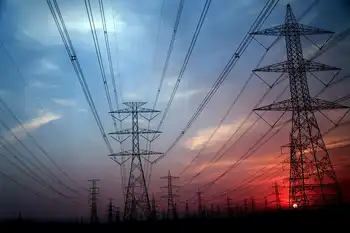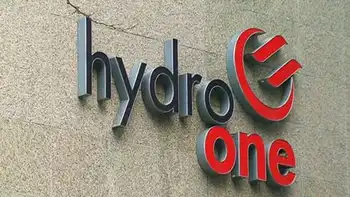Ontario IESO COVID-19 Control Room Measures detail how essential operators safeguard the electricity grid with split shifts, backup control centres, real-time balancing, deep cleaning, social distancing, and shelter-in-place readiness to maintain reliable power.
Key Points
Measures that protect essential grid operators with split shifts, backup sites, and hygiene to keep power reliable.
✅ Split teams across primary and backup control centres
✅ 12-hour shifts with remote handoffs and deep cleaning
✅ Real-time grid modeling to balance demand and supply
A group of personnel key to keeping Ontario's electricity system functioning may end up locked down in their control centres due to the COVID-19 crisis, according to the head of the province's power operator.
But that has so far proven unnecessary with a change-up in routine, Independent Electricity System Operator CEO Peter Gregg said.
While about 90 per cent of staff were sent to work from home on March 13, another 48 control-room operators deemed essential are still going into work, Gregg said in an interview.
"We identified a smaller cohort of critical operations room staff that need to go in to operate the system out of our control centres," Gregg said. "My biggest concern is to maintain their health, their safety as we rely on them to do this critical work."
Some of the operators manage power demand and supply in real time as Ontario electricity demand shifts, by calling for more or less generation and keeping an eye on the distribution grid, which also allows power to flow to and from Ontario's neighbours. Others do scenario planning and modelling to prepare for changes.
The essential operators have been split into eight teams of six each working 12-hour shifts. The day crew works out of a control centre near Toronto and the night shift out of a backup centre in the city's west end, Gregg said.
"That means that we're not having physical hand-off between control room operators on shift change -- we can do it remotely -- and it also allows us to do deep cleansing," Gregg said. "We're fortunate that the way the room is set up allows us to practice good social distancing."
Should it become necessary, he said, bed, food and other on-site arrangements have been made to allow the operators to stay at their workplaces as a similar agency in New York has done.
"If we do need to shelter these critical employees in place, we've got the ability to do so."
IESO is responsible for ensuring a balance between supply and demand for electricity across the province. Because power cannot be stored, the IESO ensures generators produce enough power to meet peak demand while making sure they don't produce too much.
"You're seeing, obviously, commercial demand drop, some industrial demand drop," Gregg said. "But you're also seeing a shift in the demand curve as well, where normally you have people heading off to work and so residential demand would go down. But obviously with them staying home, you're seeing an increase in residential electricity use across the province."
Some utilities have indicated no cuts to peak rates for self-isolating customers, with Hydro One peak pricing remaining in place for now.
IESO also runs and settles the wholesale electricity markets. Market prices are set based on accepted offers to supply electricity, while programs supporting stable electricity pricing for industrial and commercial users can affect costs against forecast demand.
With the pandemic forcing many businesses to close and people to stay home, and provincial electricity relief for families and small businesses in place, typical power needs fallen about seven per cent at a time of year that would normally see demand soften anyway. It remains to be seen whether, and how much, power needs shift further amid stringent isolation measures and the ongoing economic impact of the outbreak.
Gregg said the operator is constantly modeling different possibilities.
"What we do normally is prepare for all of these sort of emergency scenarios, as reflected in the U.S. grid response coverage, and test and drill for these," he said. "What we're experiencing over the last few weeks is that those drills come in handy because they help us prepare for when the real-time situation actually happens."
Related News












